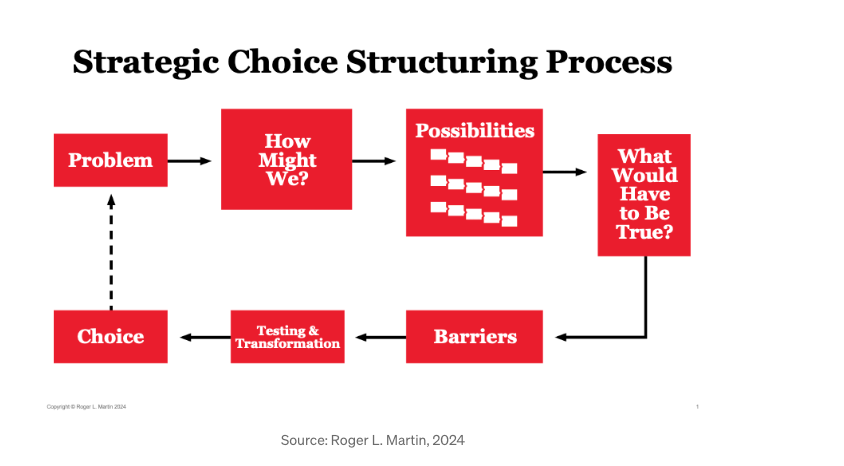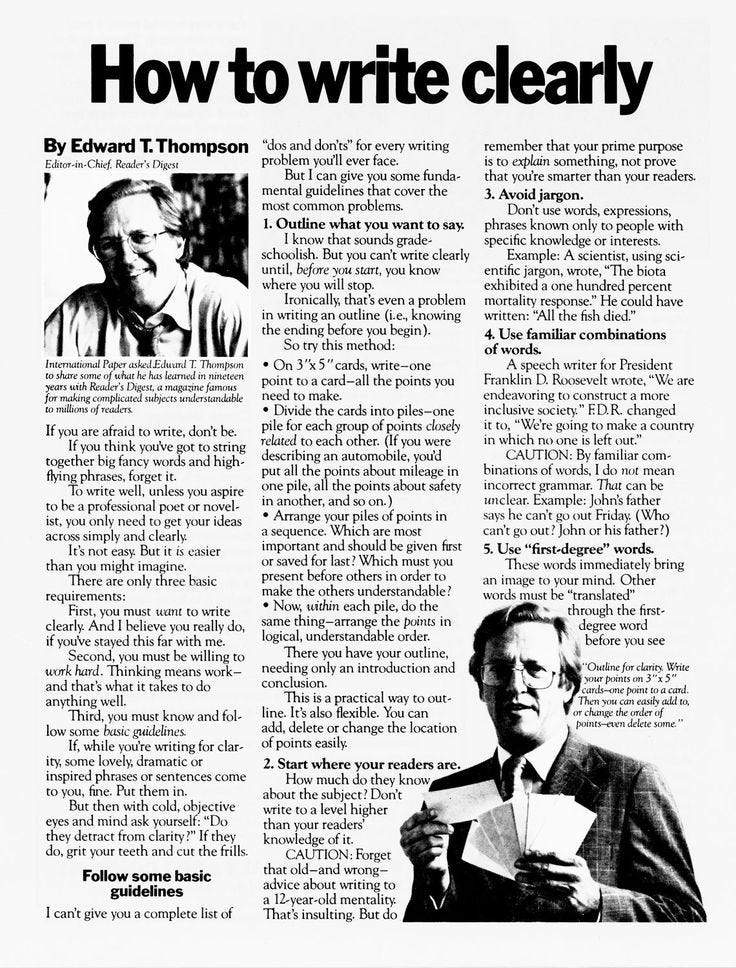Happy [insert day of the week here],1
This article has been making the rounds…
And like every article like this that comes out every few years, it seems to come with the false premise that you have to pick a side.
When in reality, if you take the time to read both Thomaz work/statements as well as How Brands Grow, you know that in reality, Thomaz has a problem with how Ehrenberg-Bass is interpreted from the realm of the academic to actual practice.
Key points2:
Byron / Ehrenberg-Bass research is primarily relevant to current category leaders or major players. It is not a playbook for startups or instagram product brands.
Reach is still important, it just depends on how you want to maximize your ROI.
Category has a lot more influence on best practices than is discussed. (I’ve been making this point for a long time). Especially when it comes to channel selection.
The key point the research underlines is each channel is “valuable and important in their domain,” says Thomaz.
In short, no one rule applies to everything.
And if are getting ready to throw out your copy of How Brands Grow – you may as well because you kind of missed the point in the first place.
For everyone else, this research is extremely important in tandem to the Ehrenberg-Bass research, as it proves what most assumed – that reach is hugely important but there are nuances and exceptions to every rule and the answer to everything is “it depends.”
☟↯☝︎↯☟↯☝︎

☟↯☝︎↯☟↯☝︎
Agencies should aim to have a fingerprint or style that they are known for.
“this feels off brand” should be something said just as much by agencies as by clients…
☟↯☝︎↯☟↯☝︎
A quick note on last week and my survey re; having fun at work.
Grace Gordon sent me a note making a very good point;
im struggling with humor being conflated with 'having fun' in this context. ive worked on some serious heady stuff, or even just super culture-forward and lifestyley that was also very fun to work on, but not 'funny'.. just my thought!!!”
this is super valid and exposes my own personal belief that advertising should be the funniest thing people see all day – and my secret agenda to make that reality.
I guess the point is always question methodology and intent?
☟↯☝︎↯☟↯☝︎
People sleep on freeform.
~
On that note, it seems like Google Slides somehow won out over keynote.
Makes sense given remote work and all, google slides is way easier to collaborate on3. But at the same time – collaboration isn’t always a good idea.
A hive of people poking at a presentation until the moment of delivery can backfire pretty easily.
Offline presentation development forced version control, forced defined roles and forced people to periodically take a step away from the slides. All of those things lead to better presentations.
An aside.. remote work has fundamentally changed the purpose of a slides deck. It is now the presentation in full, rather than visual support to the main show – the presenter.
Which means who presents the work became less important.
thats not ideal.4
☟↯☝︎↯☟↯☝︎
☟↯☝︎↯☟↯☝︎
☟↯☝︎↯☟↯☝︎
I’ve always been able to articulate “what I do” – I put theory into practice, turning problems into choices into paths forward.
But during a call this week, I was asked “so when do I call you?”
Despite constantly telling people to niche down, I have failed to do so myself… which made answering that question hard.
And if you have a hard time answering that question, you are going to stunt your own success as a freelancer.
~
So here it is, me, thinking in public, on how I want to answer this question…
»»
“Don’t ask yourself where your true gifts lie. Ask what other people seem weirdly bad at.”
People are weirdly bad at working with creative teams.
I have a whole ongoing research project about it…
Through this lens, my strength has always been working with Creative.
Not just briefing, but keeping work focused, effective, and protected from wayward feedback.
I help generate, sell, and safeguard ideas from concept to production while making the process smoother for Creative.
So call me if you have a strong creative team in need of a map, a lance or a shield.
Ideally you call at the beginning of a project, but I’m here if you hit a wall as well.
☟↯☝︎↯☟↯☝︎
☟↯☝︎↯☟↯☝︎
☟↯☝︎↯☟↯☝︎
I want to resurface a google doc I keep called “hire my friends” – a running list of freelancers who I have personally worked with at some point and been impressed by.
Within that are a couple people I want to mention who are currently accepting new projects;
MEET NICK AND RICK
~~
Nick Marzano, (who I’ve mentioned before as the creator of FISHO magazine) is a Creative Director based out of Seattle. If you anticipate hiring freelance creative in the future, he’s worth adding to the roster. His portfolio can be found here.
~~
Rick Evans is a Strategy Director currently based in TX, having just relocated from London. We worked together in NY.
If you need a freelance strategy mind, I hope your gut is to call me… But if you need a freelance strategy mind with a couple more years under his belt, international experience, or a focus on sustainability, here’s Rick's website, drop him a line.
He’s probably who I would call.
☟↯☝︎↯☟↯☝︎
☟↯☝︎↯☟↯☝︎
full interactive list of cognitive biases.
~
A giant chart that explains absolutely everything.
↳ this is a “chapter” of a much larger online “book” – one that I have not read but hope to. It could be that much of the book’s content is batshit insane (the inclusion of “vampires” as a lens for cultural analysis is either a red flag or a sign of true genius). Either way, I like this model and look forward to reading the book.
☟↯☝︎↯☟↯☝︎
MONSTER OF THE WEEK
Don’t have a project at the moment but want a little more info on when to call me? Let’s chat. alex@stratscraps.com
when i start writing these, I have no idea when it’ll end up being published…
there are absolutely more key points, but “what info is most important” – you guessed it– depends on your context. Just read the thing.
(keynote is fine if everyone just would update their mac when they were supposed to).
Remote work has shifted the role of slide decks. In the past, slides were designed to complement the presenter – visual aids that enhanced a live, in-person experience. The focus was on the speaker’s delivery, with slides serving as secondary, often minimalist, prompts. But now, with remote work, the deck has become the primary communicator of ideas, often shared asynchronously, where the audience might engage with the slides without any presenter. The slides now carry the full weight of the message, needing to be both visually compelling and self-explanatory.
This shift diminishes the importance of the presenter. It’s no longer about the ability to sell an idea through charisma, storytelling, or real-time audience interaction. The slide deck must do all the heavy lifting. This devalues the role of who is delivering the work, making their presence and delivery style far less crucial.
This isn’t ideal because presentations are more than just information dumps. A good presenter interprets, persuades, and adjusts based on real-time feedback. They add a human layer to the data, making the message resonate emotionally, or clarify complex ideas on the fly. By sidelining the presenter, we lose that nuance, making it harder to engage an audience or ensure the message lands as intended.










